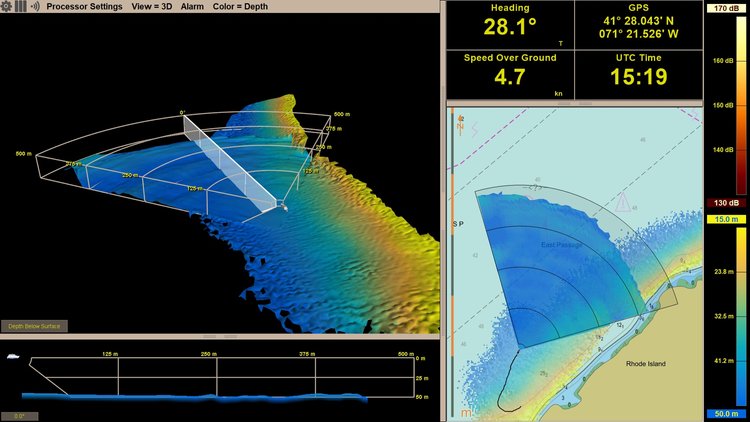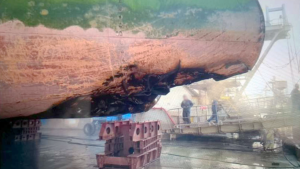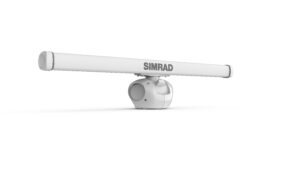FarSounder joins Seabed 2030 project to map world’s oceans

Sonar specialist FarSounder is partnering with the Seabed 2030 project, which aims to completing a map of the entire seabed by the end of the decade.
Seabed 2030 is a collaborative project between The Nippon Foundation and the General Bathymetric Chart of the Oceans (GEBCO), which aims for complete mapping of the oceans by 2030. All data collected and shared with the Seabed 2030 project is included in the free and publicly available GEBCO global grid.
The project is formally endorsed by the UN. GEBCO is a joint programme of the IHO and the Intergovernmental Oceanographic Commission (IOC), and is the only organisation with a mandate to map the entire ocean floor.
FarSounder, which develops 3D forward-looking navigation sonars, also recently expanded its IP portfolio with the issuance of its eighth patent — as reported by MIN in June.
“Our commitment to contributing high-resolution data to the IHO’s DCDB [Data Centre for Digital Bathymetry] aligns seamlessly with Seabed 2030’s mission of achieving a complete map of the entire ocean floor,” says FarSounder CEO Matthew Zimmerman. “By streamlining the transfer of data from customers to the DCDB we hope to encourage broader participation, inviting more individuals to actively contribute to bridging the gaps in our understanding of the ocean.”
“It’s a pleasure to welcome FarSounder on board as an official partner,” says Seabed 2030 project director Jamie McMichael-Phillips. “FarSounder plays a central role in championing crowdsourced bathymetry – which is essential to Seabed 2030. We look forward to working together and look forward to following the company’s journey as it embarks upon its exciting new project.”
This partnership coincides with FarSounder’s recent grant awarded by the National Oceanic and Atmospheric Administration (NOAA). This award will fund the research and development of a new project that will develop a cloud-based service to share survey data collected by FarSounder customers.
The project — Enabling Expanded Crowdsourced Bathymetry Contributions With High-Quality Metadata via Commercially Sustainable Incentives to Contributors — will allow for data sharing with others across the FarSounder customer fleet and with Seabed 2030 via the International Hydrographic Organization’s (IHO) Data Centre for Digital Bathymetry (DCDB), which archives over 30 terabytes of oceanic depth soundings and serves as the long-term archive for Seabed 2030.










